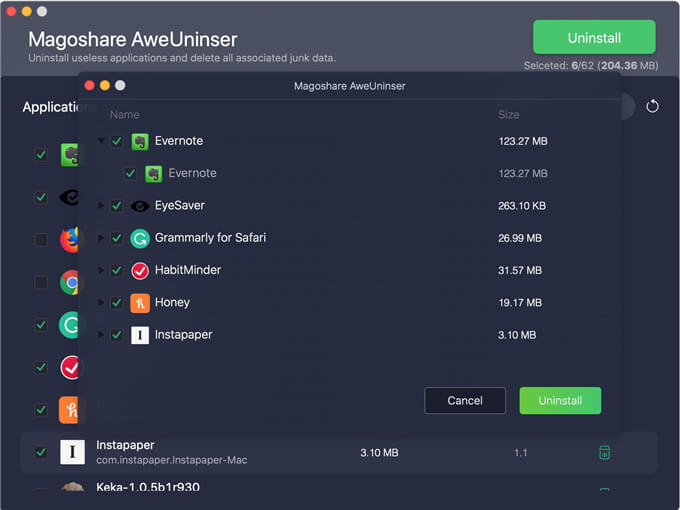

Nov 15, 2016 Download OS X BlueStacks Uninstaller for free. Uninstaller for BlueStacks from OS X. BlueStacks was a neat idea, but it was pissing me off trying to work out how to completely remove it from my system. The truth is, lots of guides out there say do this, do that – all crap! Our website provides a free download of Uninstall EpocCam 1.0 for Mac. The most popular version among the application users is 1.0. Epoccam.pkg is the default file name to indicate this app's installer. This free application was developed to work on Mac OS X 10.6 or later. This app's bundle is identified as Kinoni.Uninstall-EpocCam.
Topics Map > OS and Desktop Applications > VirusTopics Map > OS and Desktop Applications > Operating Systems > Mac OS X
This document explains how to uninstall Symantec Endpoint Protection 12 (SEP) for UW-Madison Faculty, Staff and Students on OS X. This process will work to uninstall old versions of Symantec as well.
Note: Please remove Symantec from any personally owned devices. Regarding UW-owned devices, if you have IT support, they will likely coordinate the removal of Symantec from your device (do not remove yourself). If you have questions about Symantec on your UW owned device, please contact your local IT support, otherwise feel free to open a case with the DoIT Help Desk.
Note: After you’ve finished uninstalling Symantec, learn more about the new antivirus options for your device here.
Free Mac Os Download Apple
Download the Symantec Uninstaller (Mac) here.
After downloading the zip file, navigate to your downloads folder and double click on RemoveSymantecMacFiles.zip.
Open the RemoveSymantecMacFiles folder, and double click on RemoveSymanteMacFiles.command.
If a warning appears about opening applications from the internet, click Open.
If you run into a 'Cannot run due to unidentified developer' error message when trying to run the file try the troubleshooting steps found here: Open an app by overriding security settings
Enter in the admin password (if the user is the primary user, enter their password to login to the machine) and press enter. When you type the password into terminal, it will not show any characters, but terminal still is taking the input in.
Enter in a 1 to the prompt to select 'Remove all Symantec files/folders.'
In a small amount of time, the uninstall script will finish, and prompt you to enter a 'y' (yes) or 'n' (no) to restart your machine. In order for the uninstall to be complete, you must restart the machine. Once the machine has restarted, you have successfully uninstalled Symantec.